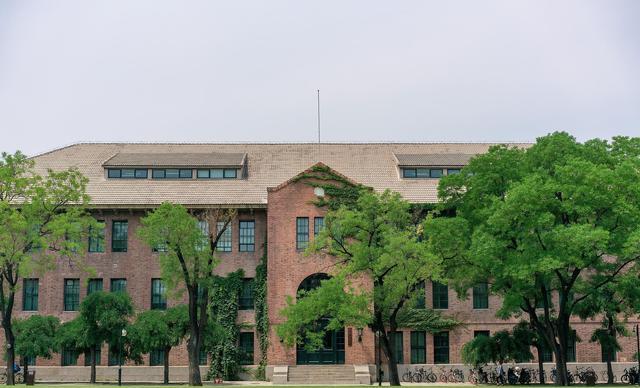【Lotus Pond Moonlight】 Prose. Zhu Ziqing. Written in July 1927. Describes the moonlight of the lotus pond in Tsinghua Garden. First write the reason why people go to the lotus pond in the middle of the night, because these days the heart is not quiet, so it is necessary to find a quiet place. Then write what you see and think when you walk through the lotus pond, and describe the scenery of the lotus pond under the moon.

Lotus pond moonlight
Lotus Pond Moonlight uses a variety of artistic expressions. From the inside to the outside, from top to bottom, dynamic and static, virtual reality, from the secluded, quiet and light and hazy scenery revealed a faint joy and sorrow, and finally led to the remembrance of the scene of picking lotuses in Jiangnan, echoing with the beginning of the article, and contrasting with the silence of death in front of the eyes.
This work shows the author's extreme bitterness in the face of the harsh reality of Chiang Kai-shek's counter-revolutionary massacre, and his attempt to seek spiritual inextricable contradictions in a quiet environment. He is good at depicting scenes from different angles and in many ways.
The lotus pond moon color metaphor is fresh and appropriate, the language is vivid and vivid and rich in musical beauty, creating a quiet and hazy mood. Included in the collection of essays "Back Shadow", there is an enlightened bookstore 1928 edition. It was also included in the first volume of the 1979 Edition of Selected Essays by the Shanghai Education Publishing House.